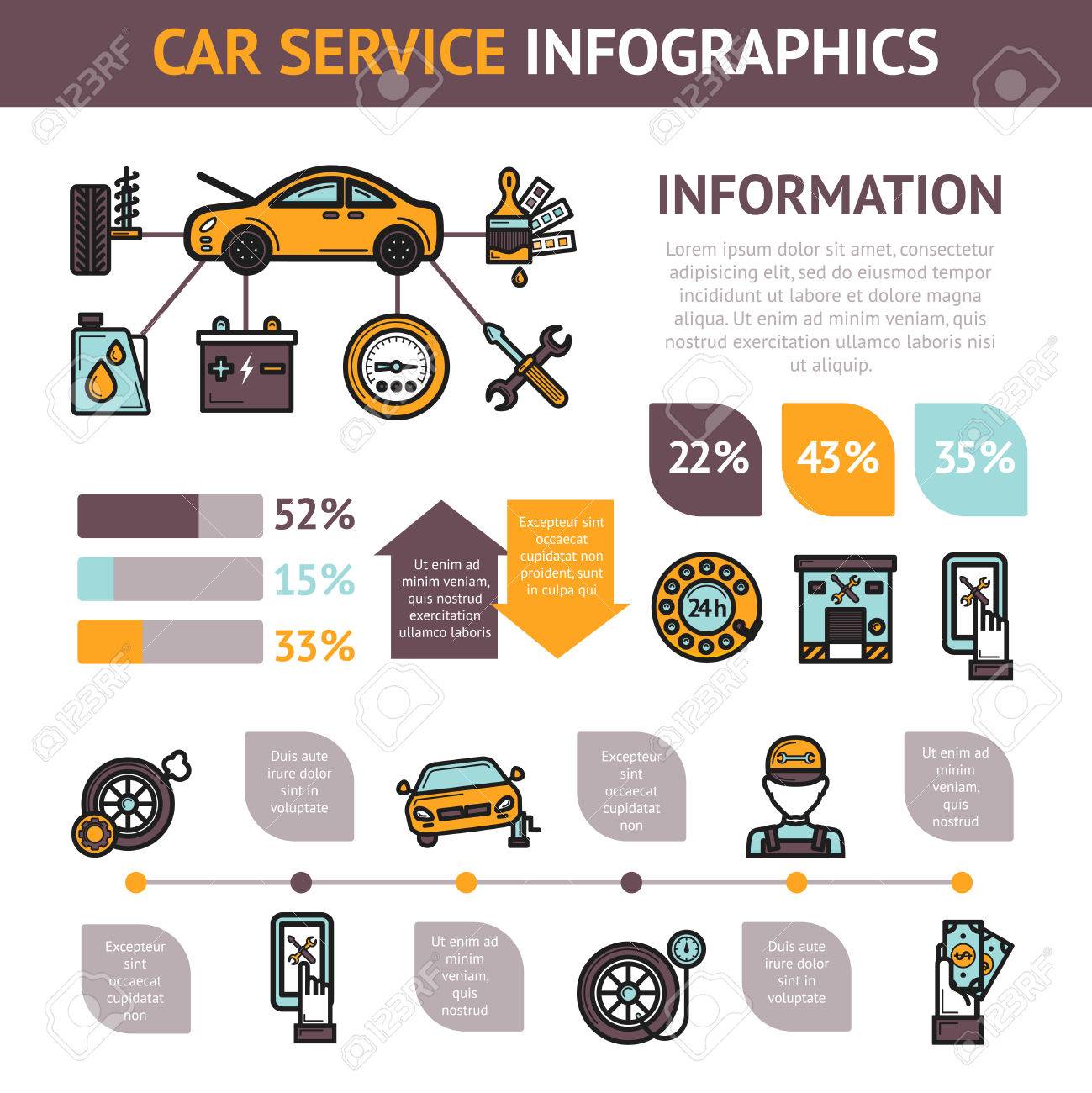Deciphering Your Automobile'S Warning Indicators: What They Genuinely Represent
Deciphering Your Automobile'S Warning Indicators: What They Genuinely Represent
Blog Article
Authored By-Faulkner Winters
When you're behind the wheel, those radiant caution lights on your dashboard can be a bit puzzling. Do you understand what they're trying to inform you about your vehicle's health and wellness? Understanding the value of these lights is important for your security and the longevity of your vehicle. So, the next time one of those lights pops up, would not you want to decipher its message precisely and take the essential actions to address it?
Common Warning Lights and Interpretations
Recognize common warning lights in your cars and truck and recognize their definitions to make sure secure driving.
One of the most normal warning lights consist of the check engine light, which signifies problems with the engine or discharges system. If this light begins, it's critical to have your car inspected immediately.
The oil stress warning light indicates low oil pressure, needing immediate interest to stop engine damages.
A blinking battery light could suggest a malfunctioning charging system, possibly leaving you stranded otherwise dealt with.
The tire pressure tracking system (TPMS) light informs you to reduced tire stress, impacting vehicle security and gas performance. Overlooking this might cause risky driving conditions.
The abdominal light shows an issue with the anti-lock braking system, compromising your capability to stop rapidly in emergency situations.
Last but not least, the coolant temperature cautioning light warns of engine getting too hot, which can cause extreme damages if not solved swiftly.
Recognizing these usual warning lights will certainly aid you address issues immediately and maintain risk-free driving conditions.
Significance of Prompt Attention
Recognizing the typical caution lights in your car is only the first step; the importance of immediately resolving these warnings can't be emphasized enough to ensure your safety when driving.
When a warning light brightens on your dashboard, it's your vehicle's way of interacting a potential issue that needs focus. Ignoring https://brake-pads40627.eedblog.com/32189007/mobile-automobile-detailing-enhancing-your-lorry-s-appearance-on-the-move can bring about extra severe problems down the road, endangering your safety and potentially costing you more out of commission.
Prompt focus to cautioning lights can protect against breakdowns and accidents. As an example, a blinking check engine light might indicate a misfire that, if left neglected, could create damages to the catalytic converter. Addressing this without delay can conserve you from a costly fixing.
Similarly, a brake system cautioning light might indicate low brake liquid or worn brake pads, crucial parts for your security when driving.
Do It Yourself Troubleshooting Tips
If you discover a caution light on your dashboard, there are a couple of DIY fixing suggestions you can try before seeking specialist help.
The very first step is to consult your vehicle's guidebook to recognize what the details warning light shows. Occasionally the problem can be as basic as a loosened gas cap activating the check engine light. Tightening up relevant web page may deal with the problem.
An additional usual issue is a low battery, which can trigger various cautioning lights. Checking the battery links for corrosion and guaranteeing they're secure might fix the trouble.
If a warning light continues, you can try resetting it by detaching the automobile's battery for a few mins and after that reconnecting it. Furthermore, inspecting your car's fluid levels, such as oil, coolant, and brake liquid, can aid repair cautioning lights associated with these systems.
Final thought
Finally, recognizing your auto's caution lights is necessary for keeping your automobile running smoothly and safely. By promptly attending to these alerts and recognizing what they mean, you can prevent costly repair services and potential failures.
Remember to consult your auto's handbook for particular details on each cautioning light and act as necessary to ensure a trouble-free driving experience.
Keep educated, remain secure when traveling!
